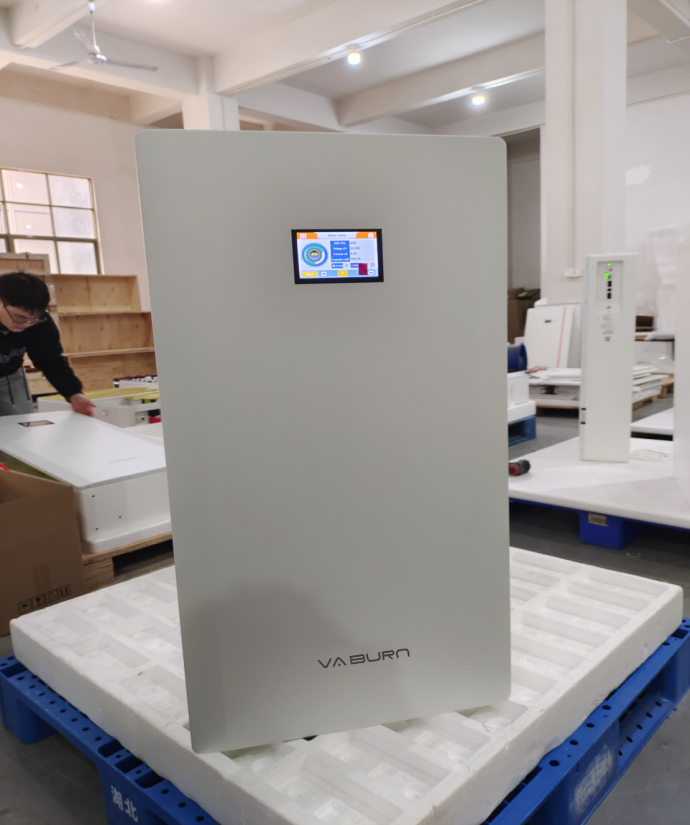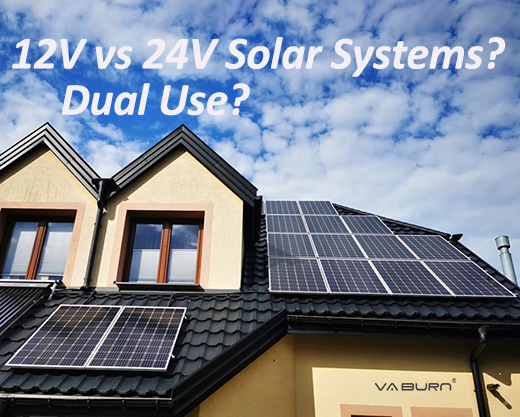Calculating the ROI of a Solar Energy System for Your Home or Business
Introduction
Investing in solar power isn’t just about going green—it’s about saving money in the long term. But how do you calculate the return on investment (ROI) of a solar energy system? In this blog, we break down how much you can save and how quickly a solar installation can pay for itself.
1. Understanding Solar ROI
ROI is the measure of how much you earn back compared to your initial investment. In solar, it considers:
-
Installation cost
-
Electricity bill savings
-
Tax incentives or government rebates
-
Lifespan of the system (usually 25+ years)
2. Average Payback Period
Most residential solar systems have a payback period of 4 to 8 years. After this period, the system continues to generate free electricity for over a decade, resulting in substantial savings.
3. Factors That Influence ROI
-
Location & sunlight hours
-
Electricity rates in your region
-
System size and efficiency
-
Battery storage (adds upfront cost but increases self-consumption)
-
Financing options and incentives
4. ROI for Businesses
For commercial users, solar offers even more benefits:
-
Reduce operational energy costs
-
Improve sustainability branding
-
Protect against rising energy prices
-
Benefit from depreciation and tax write-offs
5. Use Smart Tools and Professional Estimates
Before you invest, use an ROI calculator or consult with solar experts to estimate your system’s output and savings. At VABRN, we provide tailored quotes based on your usage and offer long-lasting, high-efficiency systems to maximize returns.
Conclusion
Switching to solar is not just environmentally responsible—it’s financially smart. With falling equipment costs and rising electricity rates, there’s never been a better time to invest. Let VABRN help you design a system that delivers reliable power and strong long-term ROI.
 Why Choose Vaburn
Why Choose Vaburn
 Top Benefits of Energy Storage for Homes and Businesses
Top Benefits of Energy Storage for Homes and Businesses
 12V vs 24V Solar Systems: Which One Is Right for You
12V vs 24V Solar Systems: Which One Is Right for You

